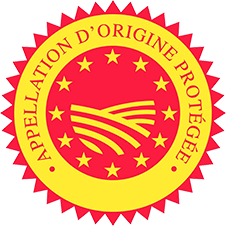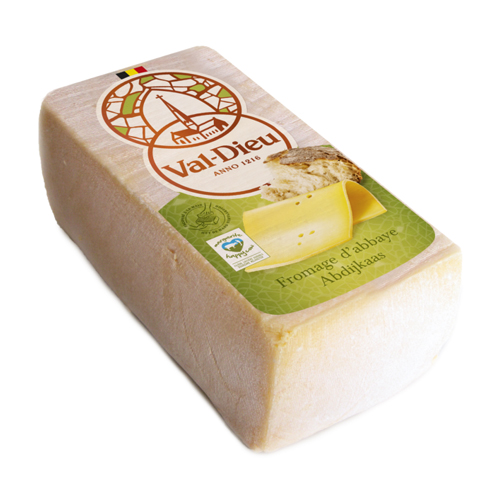What is Herve cheese PDO?

Herve cheese has been much admired by cheese lovers since the Middle Ages. The square shape, the warm brick colour and the characteristic aroma are features of a cheese which is inseparable from the region it comes from: the Pays de Herve.
Traditionally, it is eaten by the older generation with a little sirop de Liège (Liege syrup) and a cup of coffee.
It is a great cheese with which to finish off a meal, and it will happily accompany a warm wine, a vintage port or a brune (dark) Abbey beer. Aficionados will also appreciate it with a good Gewurtztraminer.
Certains grands chefs coqs démontrent aussi que le fromage de Herve ne se limite pas au plateau de fromages mais l’intègrent dans des préparations subtiles tels que des salades, sauces, crèmes brûlées et autres mets gastronomiques. Ce cube de 100, 200 ou 400g fait merveille dans des recettes. Là où d’autres fromages s’éteignent, le Herve apporte ses saveurs subtiles aussi à des recettes simples de tous les jours : risotto, tartiflette, sauce, croque-monsieur,… Découvrez toutes nos recettes au fromage de Herve
Herve is part of the family of soft cheeses with washed rinds. This involves full-time work during the ripening process because each cheese has to be washed and turned several times a week. human hands are essential for the long and methodical maturing process for the cheese which, over the weeks, acquires an orangey, slightly greasy rind and its characteristic taste and smell.
There are 3 types of Herve: mild, strong (ripened for longer) and Remoudou, an old recipe using full-cream milk (richer and with more complex aromas).
Find out about its history
Herve is part of the family of soft cheeses with washed rinds




